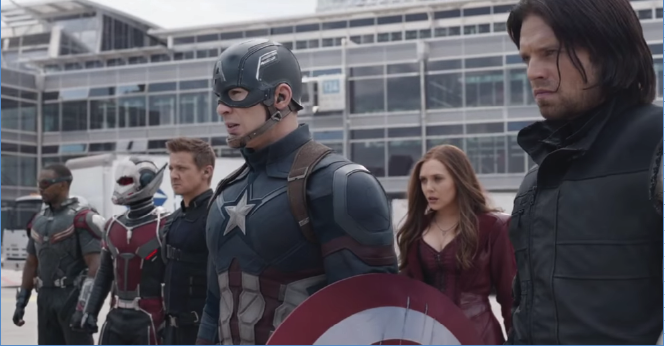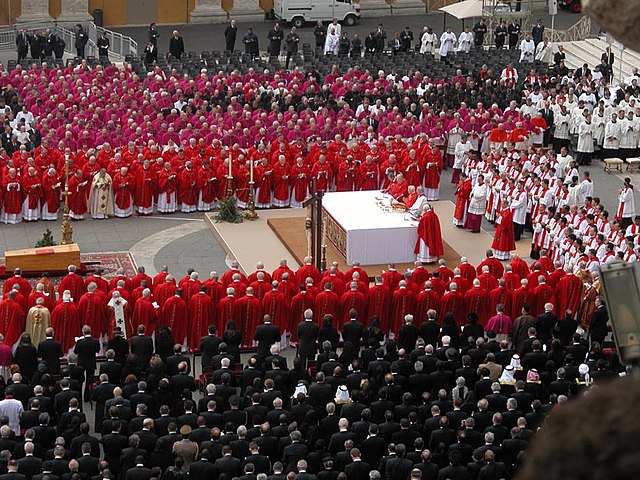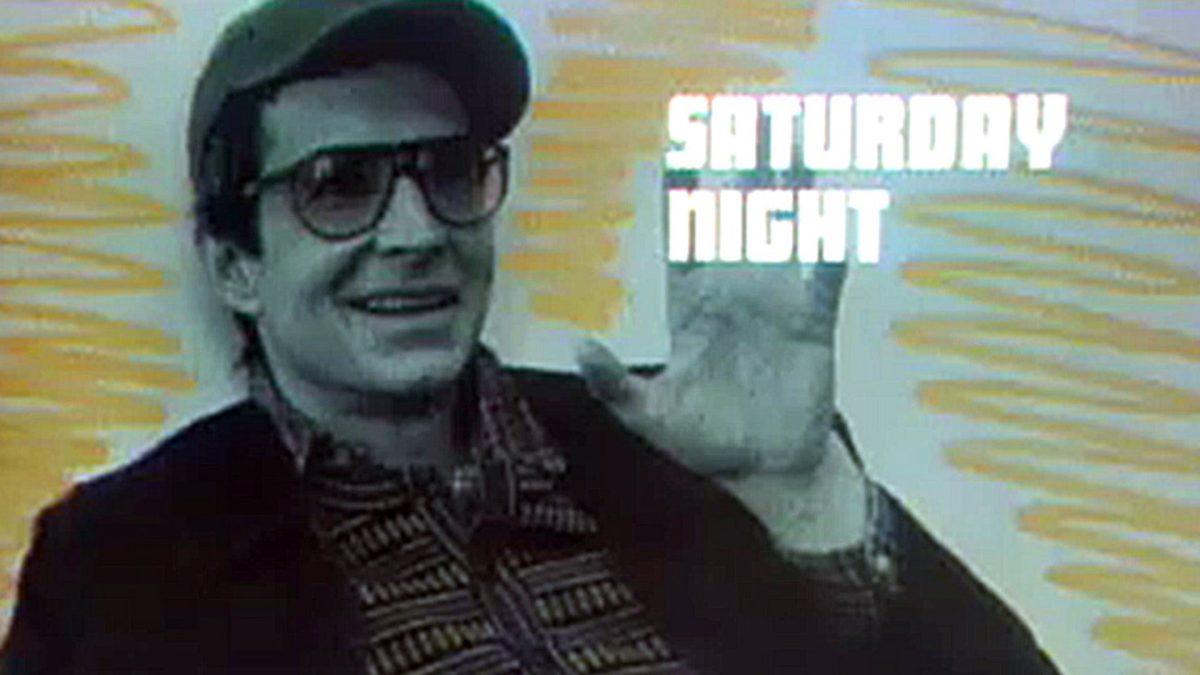A film is rarely just a film any more. It spawns more films, novels and television shows. What I’m talking about here is transmedia storytelling, not adaptation—though there is still plenty of that to go around. These subsequent works are not telling the same story, but adding to the fictional universe established in the first work, creating transmedia franchises. Now, the obvious examples here are superheroes and sci-fi, and they are indeed the biggest—the mega-franchises. But franchises are also branching out. The news that studios were intending to revive the “Indiana Jones” and “Ghostbusters” franchises surprised no one, although it inspired mixed reactions. However, the news that BBC had begun working on developing a television spin-off series for the 2015 film “Brooklyn,” effectively turning the 1950s romantic drama into a franchise, was a little bit more of a surprise.
The phase structure of the Marvel Cinematic Universe (MCU) is currently deemed the paragon of mega franchises, though more and more people are beginning to question whether or not the model is sustainable. Regardless of whether it starts to fail or continues to succeed, the future of MCU will have considerable repercussions because mega franchises have gone from being the exception to the rule. In response to a question regarding the importance of having a mega-franchise back in 2014, former co-chairperson of Sony Entertainment Amy Pascal said, “It means you can live – that’s how important it is.” She made this statement well before the “Star Wars” franchise came back with a bang with the release of “The Force Awakens,” which met box office, critical and, perhaps the most lucrative, fan expectations, resulting in an even greater emphasis on franchises. Following the poor performance of multiple large-budget non-franchise films last year such as “Jupiter Ascending” and “In the Heart of the Sea,” it was reported last month that Warner Bros. Pictures has decided to release fewer original films in the future in order to focus on their three major franchises—the DC cinematic universe, Lego and Harry Potter.
The last shall be particularly interesting to watch, as it will test one of the unwritten rules of mega-franchises, and media franchises in general: their character-based nature. Sure, fans might have fallen in love with the new generation of “Star Wars” characters, but the trailers did not use Rey or Finn or Poe to sell the film—they used Han Solo and the Millennium Falcon. This unwritten rule is perhaps best demonstrated by the strangest film-related franchise that I know of: Charters and Caldicott, two supporting comic relief characters introduced in Alfred Hitchcock’s 1938 film “The Lady Vanishes.” They became a franchise unto themselves and went on to appear in several otherwise unrelated films, before ultimately receiving their own BBC miniseries in 1986. “Fantastic Beasts and Where to Find Them,” the first part of a proposed trilogy, does not involve any of the beloved characters established in the Harry Potter series. If it proves successful, “Fantastic Beasts” could open a whole new avenue for franchise films, but only time will tell.
There are many who see this mega-franchise trend as negative. While I do not see it as intrinsically bad, I do find the attitude of producing significantly fewer films in order to put more resources into franchises concerning. Watching franchise films can be very enjoyable, but it is ultimately an entirely different experience than watching an original film. One is not necessarily better than the other, and to lose either would be just that—a loss.
The matter is ultimately and entirely in our hands. Studios give audiences what they believe audiences want, and they decide that based primarily off of box office trends. So if you want to see original films in the future, it’s okay to go see the new Captain America movie, just so long as the next ticket you buy is to a film like “The Lobster” or “Money Monster.”







